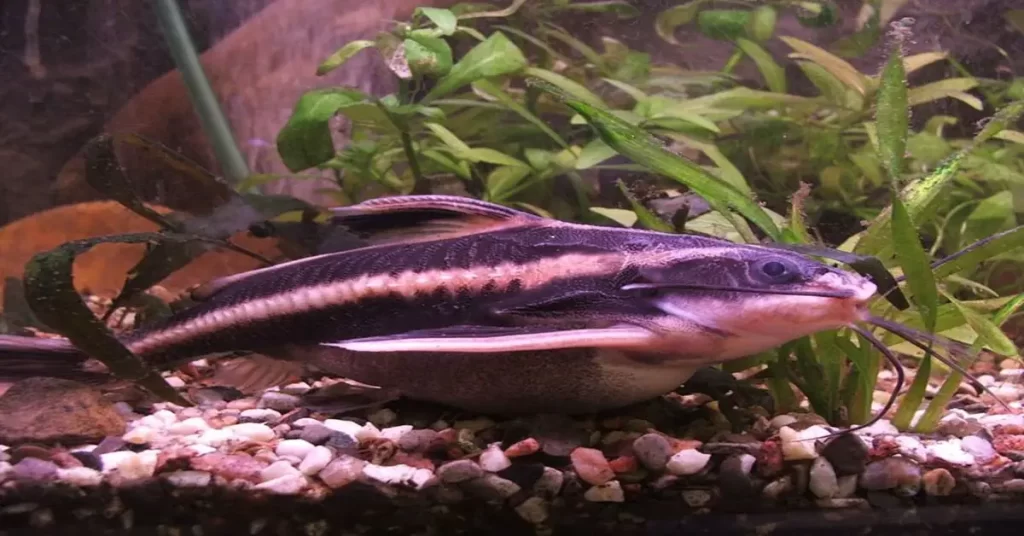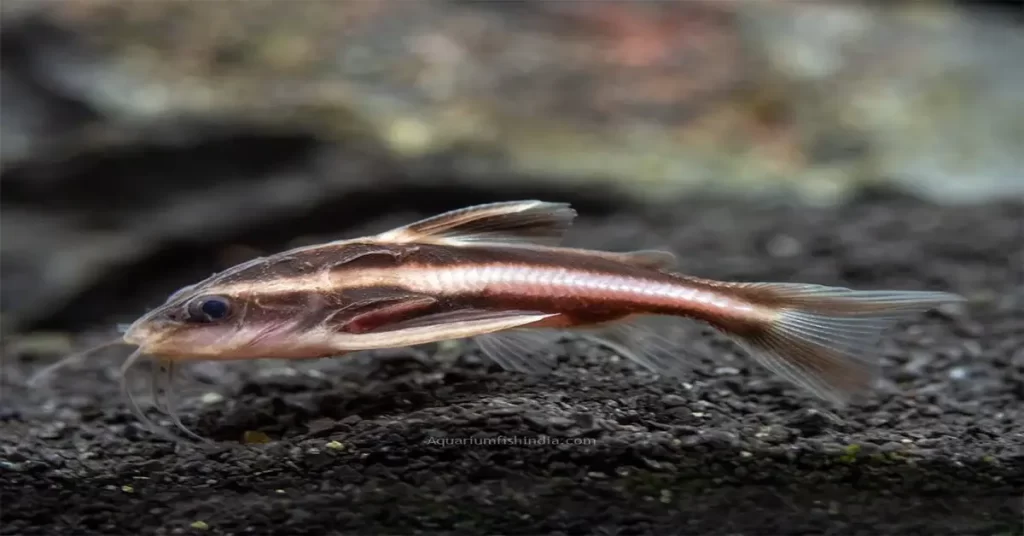
Introduction to: How do Catfish Breathe?
Catsfish, an incredibly diverse group of aquatic creatures, are renowned for their unique biology and distinctive features. Among the various aspects of their biology, the mechanism of how catfish breathe is a fascinating subject. These fascinating creatures possess specialized respiratory systems that enable them to survive and thrive in diverse aquatic environments. This article will delve into the intricacies of catfish respiration, exploring their anatomical adaptations, breathing mechanisms, and how these adaptations allow them to respire efficiently underwater.
An Overview of Catfish: Diverse Aquatic Denizens
Catfish are members of the diverse order Siluriformes, comprising over 3,000 known species, distributed across freshwater habitats worldwide. These fish exhibit a wide array of sizes, shapes, and behaviors, adapted to various environments, from fast-flowing rivers to stagnant ponds and lakes. One of the distinguishing features of catfish is their barbels, sensitive whisker-like structures that aid in detecting food and navigating their surroundings.
The Respiratory System of Catfish
Gill Respiration: The Primary Mode of Breathing
Like most fish, catfish primarily respire through their gills. Gills are intricate structures responsible for extracting dissolved oxygen from water, enabling underwater breathing. The gills of catfish are composed of numerous thin filaments equipped with blood vessels. As water flows over these filaments, oxygen is absorbed into the bloodstream, while carbon dioxide is released from the blood into the water. This exchange of gases allows for efficient respiration.
Accessory Respiratory Organs: Adaptations for Oxygen Uptake
In addition to gill respiration, catfish exhibit fascinating adaptations, including accessory respiratory organs that facilitate breathing in oxygen-deprived or stagnant waters. These adaptations are crucial for catfish survival in environments where oxygen levels may fluctuate or diminish.
Air-Breathing Behavior
One remarkable adaptation in some catfish species involves the ability to breathe atmospheric air. These fish possess modified structures, such as the labyrinth organ, a specialized respiratory structure located in the gill chamber, allowing them to extract oxygen directly from the air. This adaptation is especially advantageous in oxygen-poor waters or when the aquatic environment becomes hypoxic, enabling the catfish to gulp air at the water’s surface.
Suprabranchial Chamber
Certain catfish species have a suprabranchial chamber—a modified gill chamber that allows them to utilize atmospheric oxygen. This structure acts as a reservoir for air and enables these fish to breathe air while minimizing exposure to potentially low-oxygen water. This adaptation helps catfish thrive in challenging environmental conditions.
Physiological Adaptations for Survival
Beyond structural adaptations, catfish display various physiological mechanisms that contribute to their efficient breathing. These mechanisms include the regulation of blood pH, the ability to tolerate low-oxygen conditions for extended periods, and adaptations in the circulatory system to optimize oxygen transport throughout the body.
Factors Affecting Catfish Respiration
Environmental Factors
The respiration of catfish is significantly influenced by environmental conditions. Oxygen availability, water temperature, pH levels, and pollution levels in their habitat all play crucial roles in their respiratory capabilities. Changes in these factors can impact the efficiency of catfish respiration and overall health.
Behavioral Responses
Catfish exhibit interesting behavioral responses to varying environmental conditions. When oxygen levels decrease or the water quality deteriorates, these fish may alter their behavior by surfacing more frequently to gulp air or by seeking out areas with better oxygen concentrations. Such behaviors aid in their adaptation and survival in changing aquatic conditions.
Research and Conservation Implications

Understanding the intricacies of catfish respiration is not only of scientific interest but also holds implications for conservation efforts and aquaculture practices. With habitats increasingly threatened by human activities, comprehending the respiratory adaptations of catfish becomes vital for effective conservation strategies and ensuring the sustainability of these species.
Aquaculture and Breeding Programs
Insights into catfish respiratory adaptations can inform aquaculture practices, aiding in the development of better rearing techniques and facilities. By understanding the respiratory needs of catfish, aquaculturists can optimize water quality, aeration systems, and breeding conditions to enhance the health and growth of these fish in captivity.
Environmental Conservation
The knowledge of catfish respiration is crucial for conservation efforts aimed at preserving their natural habitats. By comprehending how these fish breathe and their sensitivity to environmental changes, conservationists can take targeted actions to protect water bodies, maintain adequate oxygen levels, and reduce pollution, thereby safeguarding the ecosystems where catfish thrive.
Conclusion to : How do Catfish Breathe?
Catfish possess an intricate respiratory system that enables them to respire efficiently in various aquatic environments. From their reliance on gill respiration to specialized adaptations for breathing atmospheric air, these fish have evolved remarkable mechanisms to survive and thrive in diverse habitats. Understanding the nuances of catfish respiration not only contributes to scientific knowledge but also has practical implications for conservation and aquaculture practices.
By continuing to explore the intricacies of how catfish breathe, researchers and conservationists can implement strategies to protect these fascinating aquatic creatures and the ecosystems they inhabit. This deeper understanding can aid in the development of more effective conservation measures and the sustainable management of catfish populations, ensuring their survival for generations to come. Check out: How do catfish sleep? Catfishingusa.com Blog.

